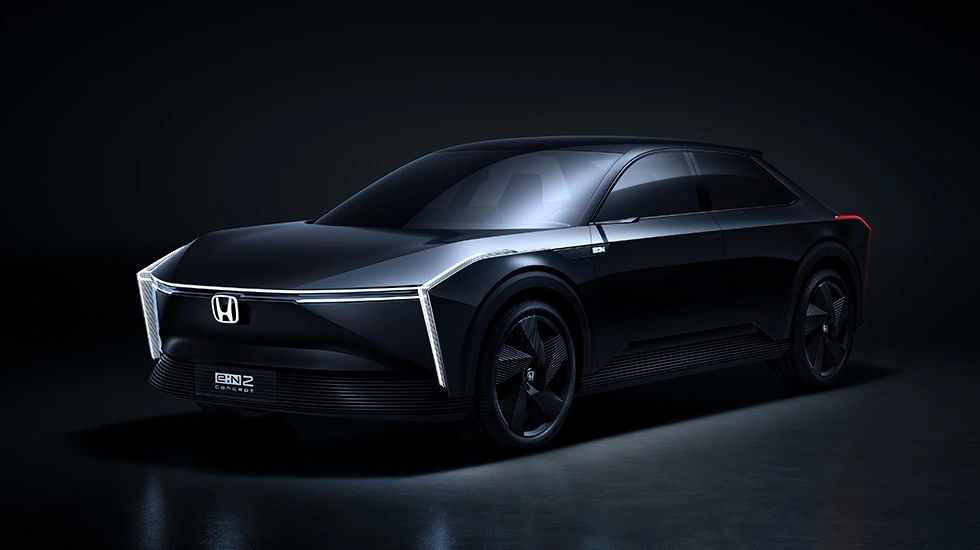Play the article! |
Honda reveals its next steps in preparation for the US EV production.
The Marysville Auto Plant will be the first Honda facility in the US to transition to making EVs.
Honda has announced the next steps in establishing its EV Hub in Ohio, which will lead the company’s journey to an electrified future in North America. The carmaker has invested $700 million to re-tool several of its existing auto and powertrain plants, including the Marysville Auto Plant (MAP), East Liberty Auto Plant (ELP), and Anna Engine Plant (AEP), to prepare for the production of battery electric vehicles in 2026.
The Marysville Auto Plant will be the first Honda facility in the U.S. to transition to making EVs. The EV Hub in Ohio will play a crucial role in developing the company’s expertise and knowledge in EV production, which will be shared across Honda’s entire North American auto production network in the coming years.
Starting as early as January 2024, the Marysville Auto Plant (MAP) will initiate preparations for EV production. To achieve this, MAP will consolidate its two production lines that currently produce vehicles powered by internal combustion engines and hybrid-electric vehicle systems into one line. This consolidation will allow MAP to focus on building the necessary infrastructure for EV production. As part of this transition, every MAP associate will have a position.
To ensure a smooth transition, MAP will provide training programs for its associates. Starting later this year, MAP associates will undergo specialized training designed to prepare them for the required skills in EV production. This training will equip them with the expertise needed to produce high-quality electric vehicles, further enhancing Honda’s commitment to sustainable mobility.
The production of the Honda Accord will be transferred to the Indiana Auto Plant (IAP) in 2025 due to the planned consolidation of production lines at MAP. This move ensures that an important core model for Honda customers will continue to be produced while allowing MAP to transition to EV production.
The Transmission Plant in Georgia (TMP-G) has announced a partnership with a Honda supplier to install a new production line dedicated to manufacturing e-axles - a critical component of electric vehicles that combines the electric motor, gearing components, and power electronics.
To facilitate the installation of the new e-axle line, the Honda supplier will take over a transmission production line that is currently not in operation. The supplier will be responsible for the installation, ownership, and operation of the new e-axle line, utilizing the space previously occupied by the transmission production line.
Honda and LG Energy Solution (LGES) have broken ground on a new joint venture EV battery plant in Fayette County, near Jeffersonville, Ohio, as part of their collaboration to establish the new EV Hub.
The two companies have committed to investing $3.5 billion in the construction of the new facility, which will cover an area of over 2 million square feet and is expected to be completed by the end of 2024. The joint venture aims to achieve an annual production capacity of approximately 40GWh of EV batteries, a key component of electric vehicles.
The overall investment of both Honda and LGES in the new joint venture is projected to reach $4.4 billion, highlighting their commitment to sustainable mobility solutions and the production of high-quality EV batteries.
Honda is committed to achieving carbon neutrality for all its products and corporate activities by 2050, and as part of this goal, the company has set a vision to ensure that 100% of its vehicle sales are battery-electric and fuel-cell electric vehicles by 2040.
Despite accelerating its preparations for EV production, Honda plans to continue producing ICE and hybrid-electric vehicles to meet the strong customer demand that is anticipated through 2030 and beyond. This strategy of sustained production of ICE and hybrid-electric vehicles will also help support the necessary investment in the company’s electrified future.
Honda recognizes that the transition to an all-electric vehicle lineup will take time, and as a result, the company is taking a balanced approach to ensure a successful transition to sustainable mobility solutions. By continuing to produce ICE and hybrid-electric vehicles alongside EVs, Honda will be able to meet the evolving needs of its customers and maintain its strong presence in the automotive industry.
Click here and follow us on Google News for regular EV updates.

